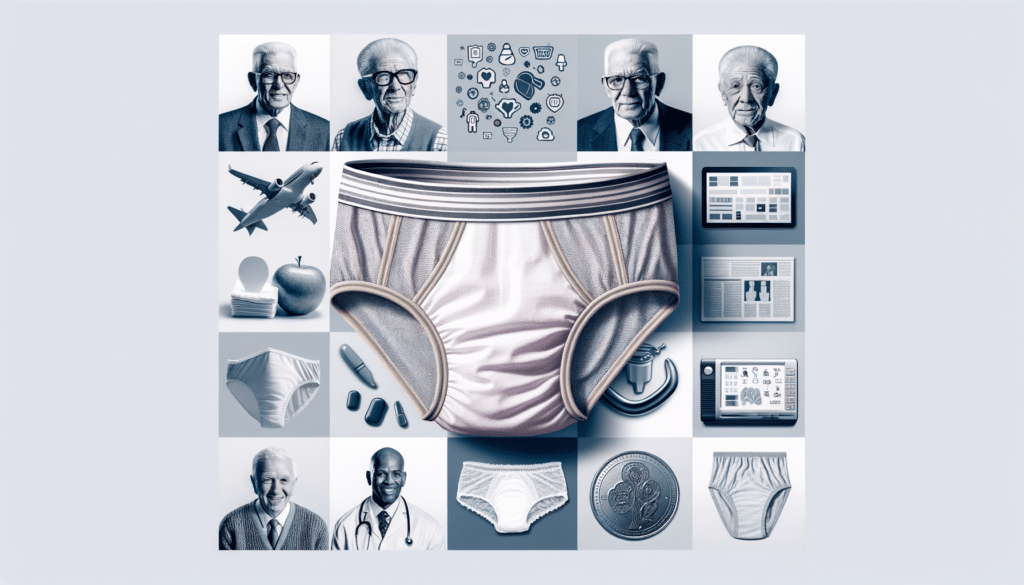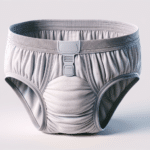Understanding Different Types of Incontinence Products
Incontinence is a common issue that affects millions of adults worldwide, and choosing the right product can significantly improve one’s quality of life. There are various types of incontinence products available, each catering to different needs and preferences. Understanding these options can help individuals make informed decisions.
Firstly, grown up diapers, also known as adult diapers, are designed to manage moderate to heavy incontinence. They provide a high level of absorbency and are suitable for overnight use or extended periods. These diapers often feature adjustable tabs for a secure fit and come in different sizes to accommodate various body types.
Incontinence underwear, on the other hand, resembles regular underwear and is often preferred for its discreet appearance. It is designed for light to moderate incontinence and is ideal for active individuals who prefer a less bulky option. Incontinence briefs offer a middle ground, providing more absorbency than regular underwear but less than traditional diapers.
Men’s and women’s incontinence products are tailored to fit the anatomical differences between genders. Men’s incontinence underwear typically features a front-facing absorbent pad, while women’s products often have a more centered absorbent area. Understanding these distinctions can help in selecting the most comfortable and effective product.
When choosing an incontinence product, consider factors such as absorbency level, comfort, ease of use, and discretion. These elements will ensure that the chosen product meets your specific needs and lifestyle.
Key Features to Consider When Choosing Grown Up Diapers
When selecting grown up diapers or incontinence briefs, it’s essential to consider several key features that can impact comfort and effectiveness. These features ensure that the product not only provides adequate protection but also fits seamlessly into daily life.
One of the most critical factors is absorbency. Depending on the level of incontinence, individuals may require products that offer varying degrees of absorbency. It’s crucial to choose a product that can handle the volume of liquid without causing leaks or discomfort. Many brands offer absorbency ratings on their packaging, which can guide consumers in making the right choice.
Size and fit are equally important. A well-fitting diaper or brief prevents leaks and ensures comfort throughout the day. Most products come with size charts that help users find the best fit based on their measurements. Trying different sizes may be necessary to find the most comfortable option.
The material of the incontinence product also plays a significant role. Breathable materials are preferred as they reduce the risk of skin irritation and promote airflow. Additionally, some products are designed with odor control features, which can enhance confidence and comfort.
Style and design should not be overlooked. While functionality is paramount, many individuals appreciate products that are discreet and resemble regular underwear. This consideration is especially important for those who lead active lifestyles and want to maintain their privacy.
Lastly, consider the ease of use. Products with adjustable tabs or pull-up designs can be more convenient for individuals with limited mobility. Selecting a product that aligns with your lifestyle and physical capabilities can make a significant difference in daily comfort and convenience.
Cost-Saving Tips for Purchasing Incontinence Products
Managing incontinence can be an ongoing expense, but there are several strategies to help reduce costs while ensuring you have access to the necessary products. Being savvy about purchasing decisions can lead to significant savings over time.
One effective approach is to buy in bulk. Many retailers offer discounts for bulk purchases, which can lower the cost per unit. This strategy is particularly beneficial for products that are used daily, such as grown up diapers and incontinence underwear.
Another option is to explore subscription services. Some companies provide subscription plans that deliver products regularly at a discounted rate. This not only saves money but also ensures a consistent supply, reducing the risk of running out unexpectedly.
Coupons and promotions are also valuable tools for saving money. Keep an eye out for manufacturer coupons, store promotions, and online deals that can provide significant discounts. Signing up for newsletters or joining loyalty programs can also offer access to exclusive deals and savings.
Additionally, consider generic or store brands. These products often provide similar quality and performance as name brands but at a lower price. Reading reviews and comparing features can help determine if a less expensive option meets your needs.
Finally, consult with healthcare providers or insurance companies about potential coverage for incontinence products. Some insurance plans may cover or partially cover the cost of these products, which can alleviate financial burdens.
By implementing these cost-saving strategies, individuals can manage incontinence effectively without straining their budget, ensuring comfort and peace of mind.


